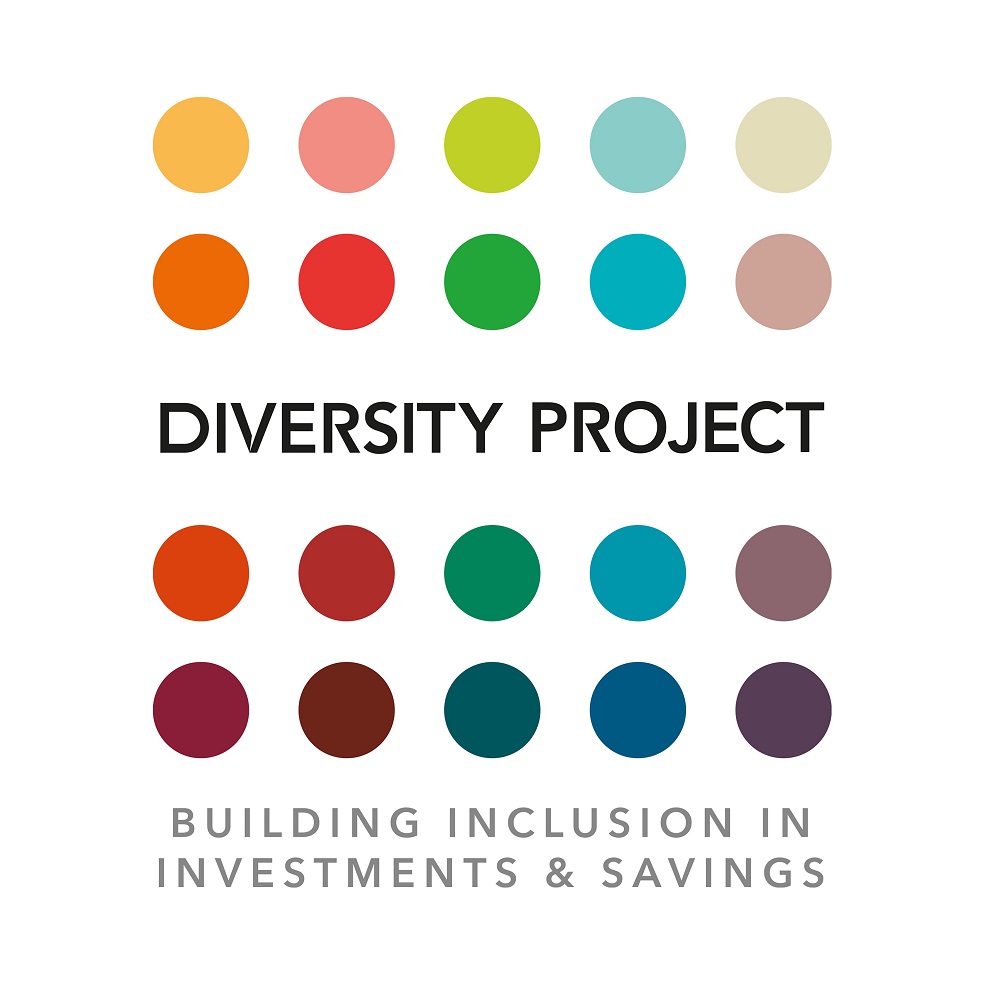Think you might have missed the boat on bonds after a sharp rebound in markets? Head of fixed income Bryn Jones outlines three reasons why bonds are a still compelling investment choice for 2024 – particularly if you’ve got money parked in cash.

Close encounters of the bond kind
The tide has turned big time for bonds. After a very rocky couple of years in which high inflation and higher interest rates ate relentlessly away at bonds’ fixed returns, bonds seemed to hit a nadir last October. Fears that the US Federal Reserve (Fed) might keep rates higher for longer had driven the all-important 10-year US Treasury yield to a 16-year high of 5%. Since then, investors have got much more confident that rates will fall this year. Bonds rallied hard very quickly (yields plunged and prices soared). Great news if you invested in bonds at rock-bottom prices, but what if you missed out?
We see three key reasons why it’s not too late to get on board with bonds.
1. Rate cuts are coming!
A huge amount of the volatility in bond markets over the last couple of years has been driven by the surge in interest rates. Central banks have battled inflation by pushing rates much higher. Inflation may not be fully tamed, but it does feel like we’re nearly there. Some prices (like food and energy) are even falling for the first time in several years. Central banks have pushed back on hopes of rate cuts as early as this spring, but are signalling that rates will likely move lower in the second half of the year.
Despite the monster bond rally in late 2023, we don’t think this recovery has fully run its course. We expect bond yields to be lower later this year. But the path downward for both rates and yields could be bumpy. There may be times when it feels like descending Wyoming’s formidable Devil’s Tower, which appeared in alien flick Close Encounters of the Third Kind . The good news is that such a bumpy descent could well open up windows of opportunity to snap up government bonds cheaply.
Moreover, even if yields on government debt stay more or less where they are today (comfortably above 4% for 10-year US Treasuries and UK Gilts), they look like a pretty attractive option for anyone wanting to lock in a decent income yield. There also remains the potential for sizeable price gains if rates do eventually fall at some point over the coming decade.
2. A savage recession is off the cards
When inflation finally stopped rising in 2022, investors shifted their attention from where rates might peak to the risk that higher rates might strangle economic growth. There was a nasty scare last spring when some mid-sized US banks and Swiss mega bank Credit Suisse collapsed because spooked investors thought their business models couldn’t weather the surge in rates. But the broader global economy has proved remarkably resilient in the face of the steepest rate rises in 40 years.
US GDP growth is running at over 3% and its jobs market is still in rude health. Things are less rosy in the UK, but even here, some (including Bank of England governor Andrew Bailey) are arguing that we may already be coming out of last year’s economic downturn. This might be over-optimistic. But the risk of a really savage recession certainly seems to have receded. This suggests a deluge of corporate defaults and downgrades is unlikely any time soon.
With investors seeming to be fully buying into a ‘soft landing’ narrative, the extra yield (or spread) that corporate debt offers over government bonds to compensate for default risks has tightened a lot. Some wonder if that means corporate bonds now look too pricy.
UK spreads are much lower than they have been, but they are roughly average relative to the last 10 years. We’re still finding plenty of attractive credit opportunities, particularly in shorter-dated investment grade (high-quality) corporate bonds. Many of these bonds’ yields come close to those on offer from longer-term corporate bonds. This means they can deliver attractive carry (coupon income) alongside less credit and duration (interest rate risk) because of their shorter maturity.
3. Yields are still hovering at multi-year highs
The yields now available on both interest-rate sensitive government debt and growth-oriented investment grade credit are a lot more attractive than they’ve been for many years. That gives investors the long-awaited opportunity to lock in really attractive income yields without needing to overload on risk by investing in more volatile, less-high-quality bonds.
We believe that both government and corporate bonds have potentially rewarding roles to play in investment portfolios. And pairing government bonds with credit can help mitigate risks outside the most likely assumed scenario of a mild economic downturn (for example, a nasty resurgence in inflation or a painful recession).
In our view, the juicy yields on offer across the bond market look particularly compelling because the now-tempting rates of return available on cash could fall fast as central banks stand on the verge of cutting rates. Cash may currently be delivering a similar yield to government bonds, but staying in cash could mean losing out on sizeable price appreciation potential when rates get cut, even as your income plummets.
If you’ve been thinking about getting back into bonds, there may be no time like the present!









